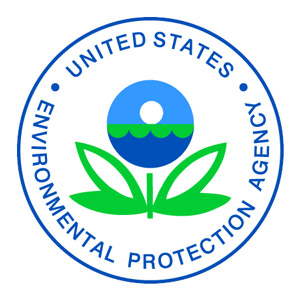
PHOTO: JIMFENG / ISTOCK / GETTY IMAGES PLUS / GETTY IMAGES
Pest management professionals (PMPs) know it’s critical to check the labels of the products they use for specifications on how to mix, apply, store and dispose of them. The label is the law, after all.
But the information on product labels changes periodically. For instance, pyrethroid insecticides recently underwent a registration review by the U.S. Environmental Protection Agency (EPA), a step taken at least every 15 years to determine whether active ingredients continue to meet the Federal Insecticide, Fungicide, and Rodenticide Act (FIFRA) standard for registration.
All pesticides sold or distributed in the United States must be registered with the EPA, in accordance with FIFRA. As part of the registration process, the registrant – the manufacturing companies registering their products – submits forms, proposed labeling, as well as technical and scientific data, for evaluation by the EPA.
The EPA says its registration review decision allows it to learn whether the pesticide “can perform its intended function without unreasonable adverse effects on human health or the environment.”
On Oct. 23, the EPA’s Office of Pesticide Programs published in the Federal Register 13 interim decisions as part of the registration review process for pyrethroid insecticides, man-made pesticides similar to the natural pesticide pyrethrum created by chrysanthemum flowers. The interim decisions were for:
- Bifenthrin
- Cyfluthrin
- Beta-cyfluthrin
- Cyphenothrin
- D-phenothrin
- Deltamethrin
- Esfenvalerate
- Fenpropathrin
- Imiprophrin
- Permethrin
- Prallethrin
- Tau-fluvalinate
- Telfluthrin
- Tetramethin

LOGO: EPA
In the structural pest control industry, pyrethroids are the most common class of insecticides PMPs use, according the National Pest Management Association (NPMA). That is why the NPMA carefully follows the registration review process. It has worked with the EPA on several occasions via workshops, teleconferences, in-person meetings, and formal comments to help the EPA better understand how PMPs use pyrethroids.
The NPMA submitted comments, and those regarding spot treatments and rain-related treatment prohibitions produced positive results, the NPMA’s initial review of the interim decisions shows.
“The NPMA works hard to communicate the structural pest control industry’s unique use patterns to the EPA so that important pest management products are available for applicators working to protect public health, food and property from pests,” says Dr. Jim Fredericks, the NPMA’s VP of technical and regulatory affairs and Pest Management Professional columnist.
For example, Fredericks explains, the EPA initially proposed prohibition on applications when rain was forecast in the next 24 hours and language restricting perimeter bands to 3-feet-wide, use restrictions that were very concerning and would have made it impossible to use these tools in certain parts of the country.
“Ultimately, after communicating the volumes and application methods involved, the EPA was able to better understand our use patterns and form a decision that was protective of the environment, while still allowing PMPs to achieve their pest management goals,” he adds.
In addition, the EPA published a proposed interim decision for lambda-cyhalothrin and gamma-cyhalothrin. The NPMA will conduct a comprehensive review of the proposed interim decision, and then submit comments regarding these active ingredients.
Registrants now have 120 days from Oct. 23 to submit amended labels for review by the EPA’s Office of Pesticide Programs. If a registrant does not comply and make the required changes on the label, the EPA can take legal action, such as cancelling the registration.
It may be a while before any new label language will appear on product containers, as several factors – including existing stock with distributors and pest control companies – come into play.
“It is unlikely these changes will be seen on labels before mid-2021,” Dr. Fredericks says. “Because changes are imminent, it’s more important than ever to make sure applicators are reading label instructions before using a product.”
Leave A Comment